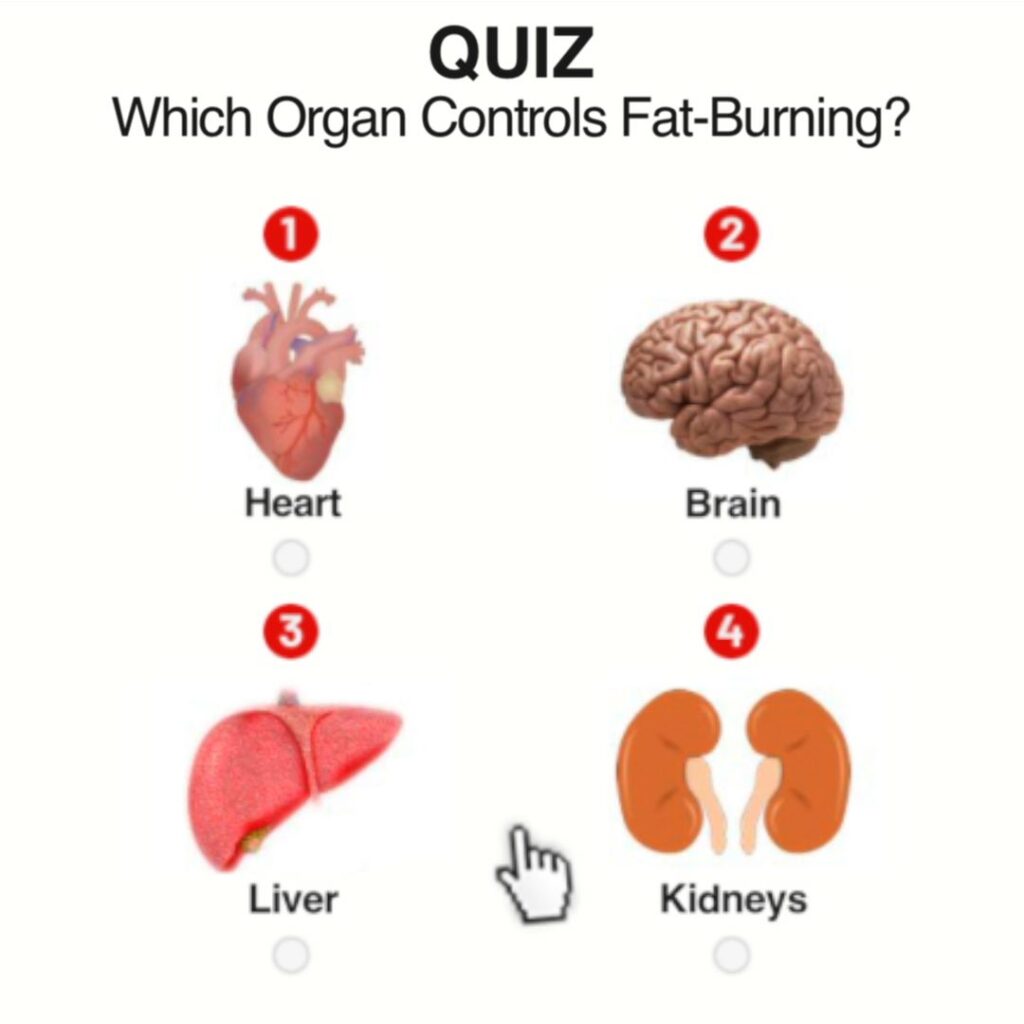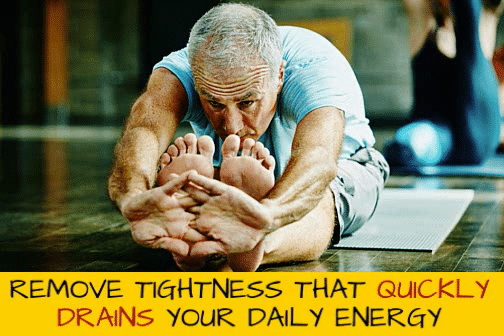Exercising
Exercising involves three main activities: Aerobic exercise, anaerobic exercise and flexibility. We will look at these individually.
Aerobic exercises
Aerobic exercise is continuous activity over a period of time that causes your body to use more oxygen than normal. It uses large muscle groups and is rhythmic in nature. It makes your heart and lungs stronger, lowers blood lipids, lowers blood pressure and uses up blood sugar. It keeps the heart rate elevated for an extended time. After about 20 minutes of aerobic exercise, your body needs to use its stored fat reserves as fuel. In other words you are burning fat after 20 minutes of aerobics.
Aerobic exercise includes walking briskly, cycling, dancing, swimming, jogging, cross-country skiing, jumping rope, skating, stair climbing, some team sports, step class, etc.
Anaerobic exercises
Anaerobic exercise consists of short bursts of exertion that work one part of the body at a time, such as weight lifting, push-ups, stomach crunches, chin-ups. It is followed by a period of rest. This builds muscles but does not strengthen the heart and lungs and does not burn fat as aerobic exercises. Larger muscles do however burn more calories. In other words, the more muscles you have the more calories you will burn. Anaerobic exercises use up a small amounts of blood sugar; not enough to have much effect on overall blood sugar levels.
Both types of exercises are valuable. While aerobic exercises are better at lowering blood sugar levels, the benefits of anaerobic activities such as weight training are invaluable.
When you do bursts of high-intensity exercises, as anaerobic exercises requires you to do, your body uses glycogen stored in the muscle tissues for energy. (Glycogen is the source of energy most often used for exercise and is usually stored in the liver and muscle tissue.) Over time, this conditions your body to store energy in the muscles – rather than as fat. Exercising this way will also cause you to burn more fat during your recovery period, as the glycogen in the muscles is restored.
For maximum benefit, aerobic exercise should be done 3 to 5 times a week, for 20 – 30 minutes each time. Anaerobic exercises can be done 2 – 3 times per week.
I combine my cardiovascular exercises with weight training at least 4 days per week. I find that I get more out of each workout session and on the days that I rest I eat good nourishing meals four to five times per day. I will discuss my routine at another time.
At this point I would like to remind those of you taking insulin that it’s easier to balance your blood glucose levels if you exercise around the same time each day.
Flexibility through stretching
Flexibility is the range of joint motion. It is unique to each joint of the body and is affected by the muscles, ligaments and tendons related to that joint.
There are many benefits to being flexible. These include increase joint mobility, less muscle injury and soreness, reduced risk of lower back pain, improved posture, more graceful body movements, and a carry over into better athletic skills. You can also enjoy a reduced tension and stress throughout your body.
To develop good flexibility requires that you do what is called static stretching at least three times per week. Static stretching is stretching a muscle slowly and holding it for 10 to 30 seconds without bouncing. The American College of Sports Medicine recommends that static stretching should be performed three to five times for each major joint structure. So if you are stretching your back, you want to do that particular stretching motion 3 – 5 times and rest briefly before going on to the next stretch.
Please remember these important points when stretching:
- Do not hold your breath.
- Do not stretch a muscle that is not warmed up.
- Do not bounce.
- Do not over-stretch. If it hurts, you are stretching too much.
Stretching should be a regular part of your exercise routine. It should be performed before, during and after any strenuous exercise activity to reduce the risk of injuries.
Before starting a stretching routine, take 5-10 minutes to warm up by walking or cycling at a low intensity level. This warms up cold muscles and helps reduce the possibility of injury. Every time I do an exercise routine without warming up I can feel the difference. As soon as I remember, I will stop what I am doing and do my 5 – 10 minutes of warm ups. Believe me it makes a difference.
Yoga and T’ai Chi are two of the more popular forms of organized stretching exercises.
A reminder to all the beginners: Your first week of exercising will involve some muscle discomfort. This is because you are using muscles you haven’t exercised for some time. This will soon pass however, and you will begin to feel stronger and more energized. Just stick with it. The results from being consistent will surprise you. Don’t overdo it at this stage of the game. You will find that some days you feel stronger and want to do more. This is especially true when you are starting after a long layoff or are beginning for the first time. Go slow at this time and you will also avoid injuries which might delay your progress.
Injuries are a momentum killer. We will discuss this another time.
To a healthier you,
Owen Lecky






